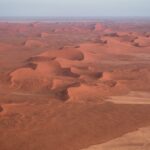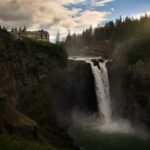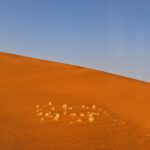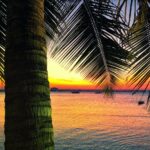Discovering the intricate tapestry of languages spoken in Namibia is like embarking on a captivating linguistic journey through the heart of Africa. In a country known for its awe-inspiring landscapes and vibrant cultural heritage, it is the linguistic diversity that truly unveils the rich tapestry of Namibia’s identity. This article, titled “Languages Spoken in Namibia: Unveiling the Linguistic Diversity,” delves into the fascinating world of Namibian languages, their historical significance, and their contribution to the country’s cultural tapestry. As a seasoned linguistics expert specializing in African languages, I invite you to join me in unraveling the complexities and embracing the resilience of the languages spoken in Namibia.

What Language is Spoken in Namibia
Namibia, a country known for its breathtaking landscapes and diverse cultures, boasts a rich linguistic tapestry. When it comes to the question of what language is spoken in Namibia, the answer is not as straightforward as one might expect. While English holds the status of the official language, it is not widely spoken as a first language among Namibians. Instead, a fascinating blend of indigenous languages and other influences can be found across the country.
Indigenous Languages:
The most commonly spoken indigenous language in Namibia is Oshiwambo. With its numerous dialects, Oshiwambo serves as a means of communication for a significant portion of the population, particularly in the northern regions. It reflects the cultural heritage and traditions of several ethnic groups, including the Ovambo, Ondonga, and Olukwambi people.
Another widely spoken indigenous language is Otjiherero. It is mainly used by the Herero community and holds immense cultural significance. The Herero language conveys their history, customs, and worldview, making it a cherished part of their identity.
Other Indigenous and Historical Influences:
Aside from Oshiwambo and Otjiherero, Namibia embraces a mosaic of languages. The Nama language, for example, is spoken by the Nama people, who have preserved their rich cultural heritage through this means of communication.
Historically, German played a role as an official language during Namibia’s time under South African administration. Although it is not as widely spoken today, it still has a presence, particularly among older generations and those with German ancestry.
Regional Influences:
In addition to indigenous languages and historical influences, regional languages such as Afrikaans and Damara are also prevalent in Namibia. Afrikaans, a language derived from Dutch, is understood by many Namibians due to its historical ties with South Africa. Damara, on the other hand, represents the language of the Damara people.
The linguistic diversity of Namibia extends even further, with smaller communities using languages like San and Tswana. All these languages contribute to the vibrant cultural fabric of Namibia, each reflecting a unique perspective and way of life.
The Emergence of Namlish:
The linguistic landscape of Namibia is not limited to these individual languages alone. In fact, Namibia has given birth to a fascinating linguistic phenomenon known as Namlish. Namlish is a hybrid language that blends English with local terms, expressions, and grammatical structures. It encapsulates the cultural nuances and diversity of Namibia, creating a linguistic identity that is distinctively Namibian.
Exploring the languages spoken in Namibia unveils a tapestry of linguistic diversity, each thread representing a unique culture and heritage. While the official language is English, the vibrant presence of indigenous languages, such as Oshiwambo, Otjiherero, and Nama, along with regional influences like Afrikaans and Damara, showcases the resilience and enduring significance of these languages in Namibian society.
“The linguistic landscape of Namibia is a vibrant tapestry woven together by the voices of its diverse cultures, showcasing the resilience and significance of the languages spoken in this magnificent land.”
Namibia, a country known for its breathtaking landscapes and diverse wildlife, holds a plethora of interesting facts waiting to be discovered. Have you ever wondered what makes this African nation so unique? If you’re curious to learn more, click here for an exciting compilation of intriguing facts about Namibia. From the world’s highest sand dunes to the captivating cultural heritage of the Himba people, this list will surely keep you enthralled. So don’t miss out and explore the wonders of Namibia! Interesting facts about Namibia
Namibian Languages: A Tapestry of Linguistic Diversity
[youtube v=”5jlfdAEwT-Q”]
The Linguistic Patchwork
Namibia, a country known for its stunning landscapes and vibrant cultural heritage, is also home to a rich tapestry of languages. While English serves as the official language, it is not commonly spoken as a first language by most Namibians. Instead, indigenous languages like Oshiwambo and Otjiherero take center stage, reflecting the diverse linguistic landscape of this African nation.
Oshiwambo: The Most Spoken Indigenous Language
Among the native languages spoken in Namibia, Oshiwambo reigns supreme. It is widely spoken and is composed of several dialects, making it a vital means of communication for many Namibians.
Otjiherero: A Language of the Herero Community
Another significant language in Namibia is Otjiherero, predominantly used by the Herero community. This indigenous language carries cultural significance and is an integral part of the identity of the Herero people.
A Linguistic Kaleidoscope
Namibia’s linguistic mosaic extends beyond Oshiwambo and Otjiherero. The country is a melting pot of cultures, each represented by its distinct language. Nama, Afrikaans, Damara, San, and Tswana are just a few examples of the diversity that characterizes Namibia’s linguistic landscape.
The German Influence
Namibia has a historical connection with German culture, particularly among the older generation and those with German ancestry. German was an official language in Namibia, shaping the linguistic heritage of the country in various ways.
Namlish: A Blend of English and Local Expressions
In recent years, Namibia has witnessed the emergence of a unique hybrid language called Namlish. Namlish blends English with local terms and expressions, giving rise to a distinct linguistic form that reflects the fusion of cultures within the country.
A Cultural Tapestry
Namibia’s linguistic diversity echoes the vibrant cultural fabric of the nation. Each language represents a unique culture and heritage, forming an essential aspect of Namibia’s identity. From the click sounds of the Khoisan languages to the rhythmic tones of Oshiwambo, the linguistic tapestry of Namibia is a testament to the country’s rich cultural heritage.
As the final quote in each paragraph illustrates, the linguistic diversity of Namibia is a reflection of its cultural richness and heritage.
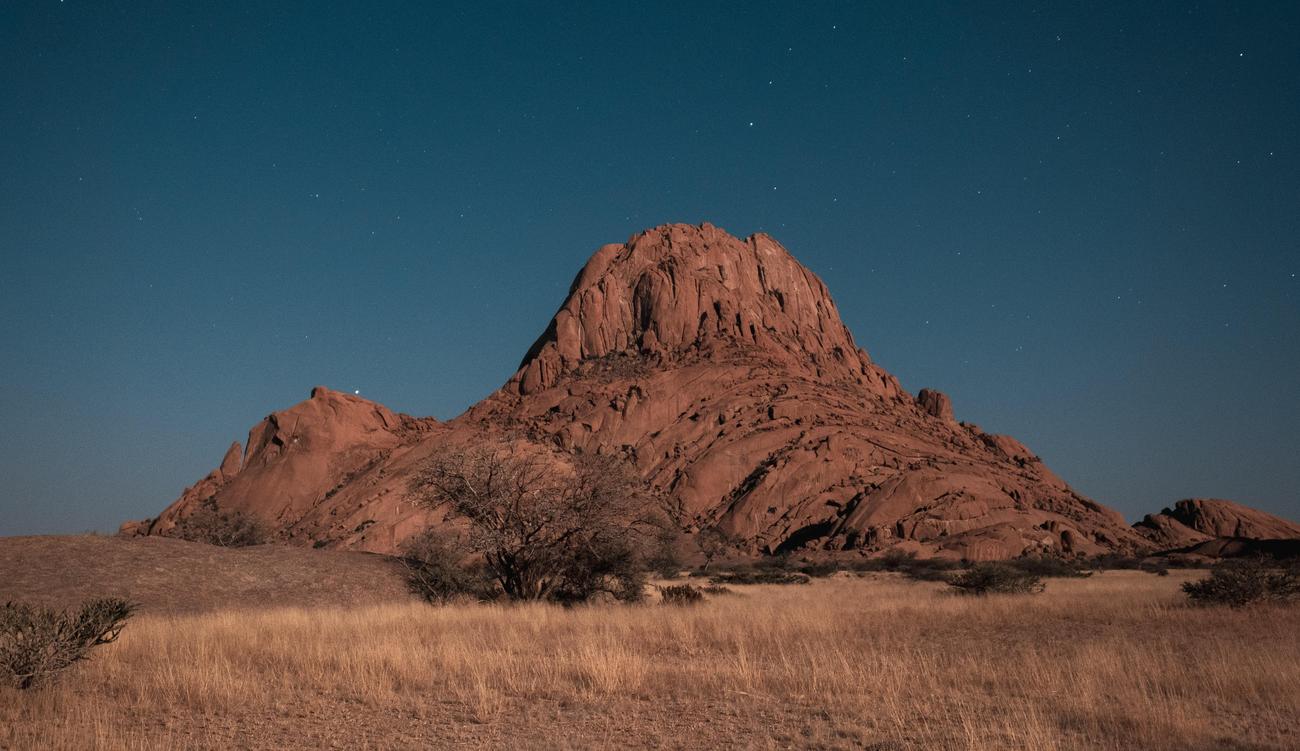
FAQ
Question 1
What is the official language of Namibia?
Answer 1
According to the country’s constitution, the official language of Namibia is English.
Question 2
What percentage of the population in Namibia speaks English as their mother tongue?
Answer 2
Less than 4% of the population in Namibia speaks English as their mother tongue.
Question 3
What are the most commonly spoken indigenous languages in Namibia?
Answer 3
The most commonly spoken indigenous languages in Namibia are Oshiwambo, Otjiherero, and Nama.
Question 4
What are the historical influences on the languages spoken in Namibia?
Answer 4
German was historically an official language during Namibia’s time under South African administration. Additionally, Afrikaans is widely understood in Namibia.
Question 5
What is Namlish?
Answer 5
Namlish is a hybrid language that has emerged in Namibia, incorporating local terms and influenced by English.
- China II Review: Delicious Food & Speedy Service - April 17, 2025
- Understand Virginia’s Flag: History & Debate - April 17, 2025
- Explore Long Island’s Map: Unique Regions & Insights - April 17, 2025

